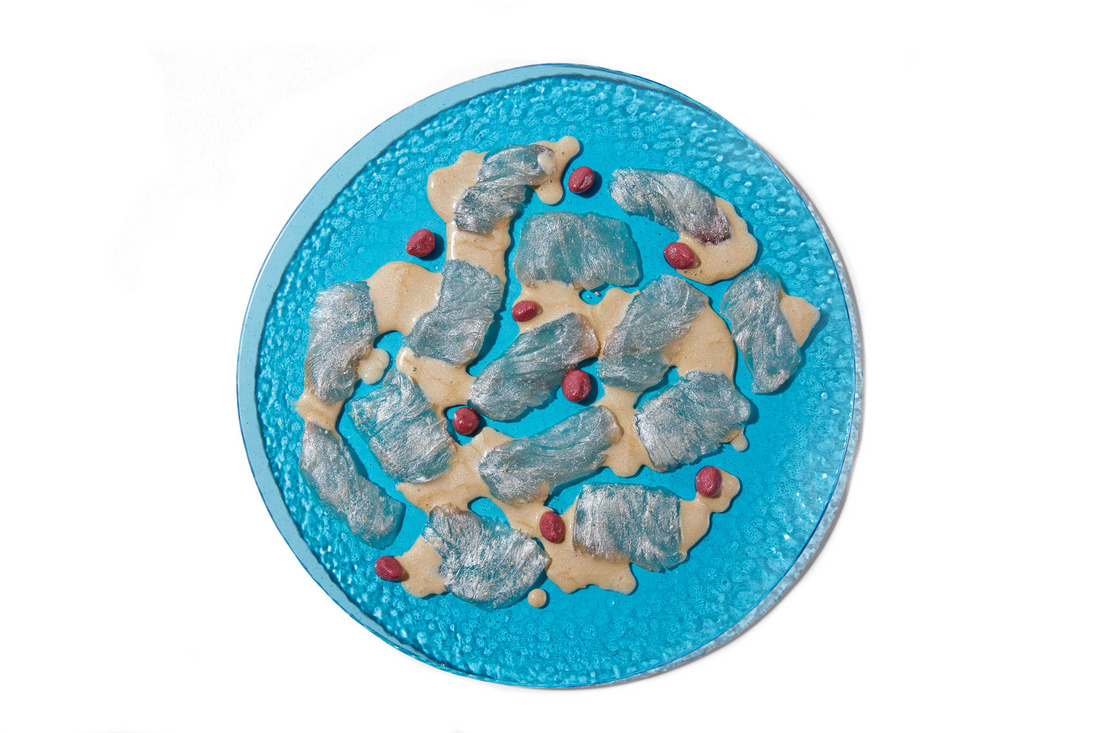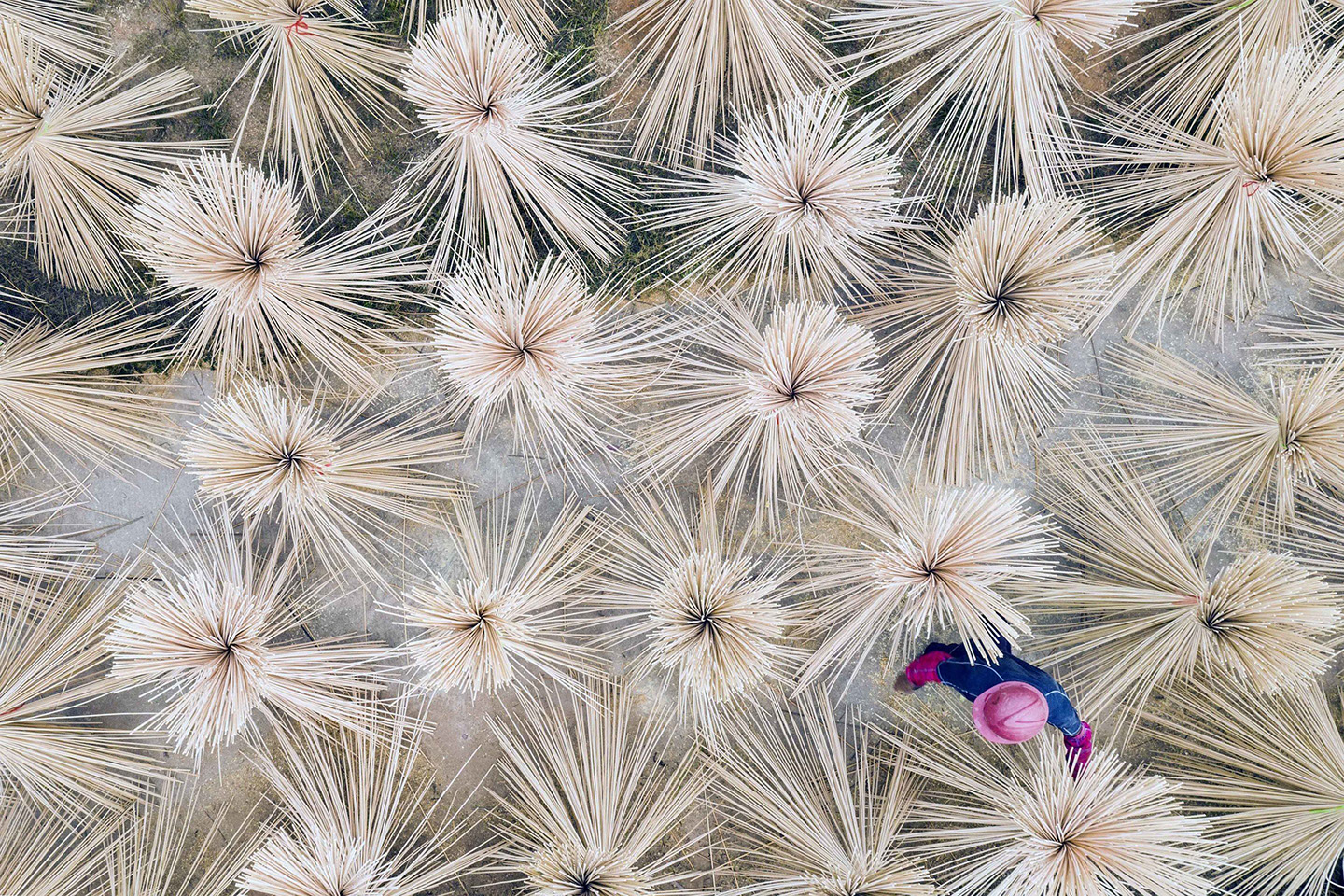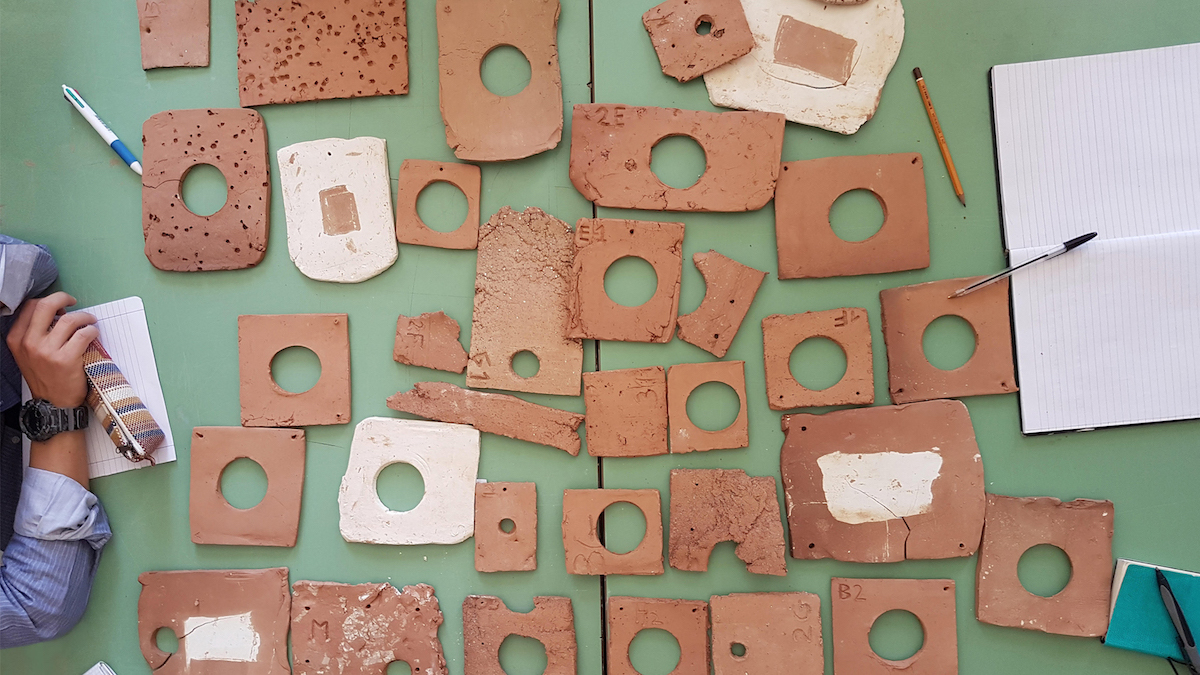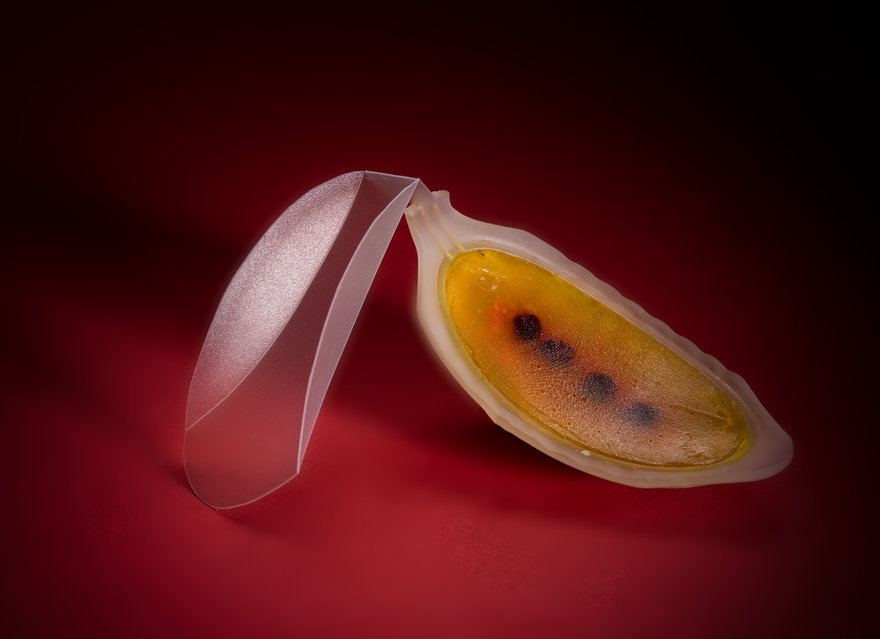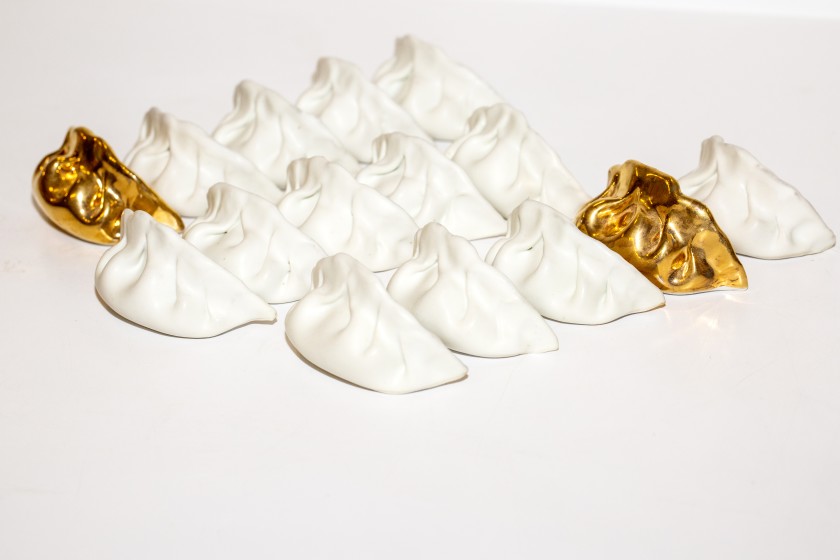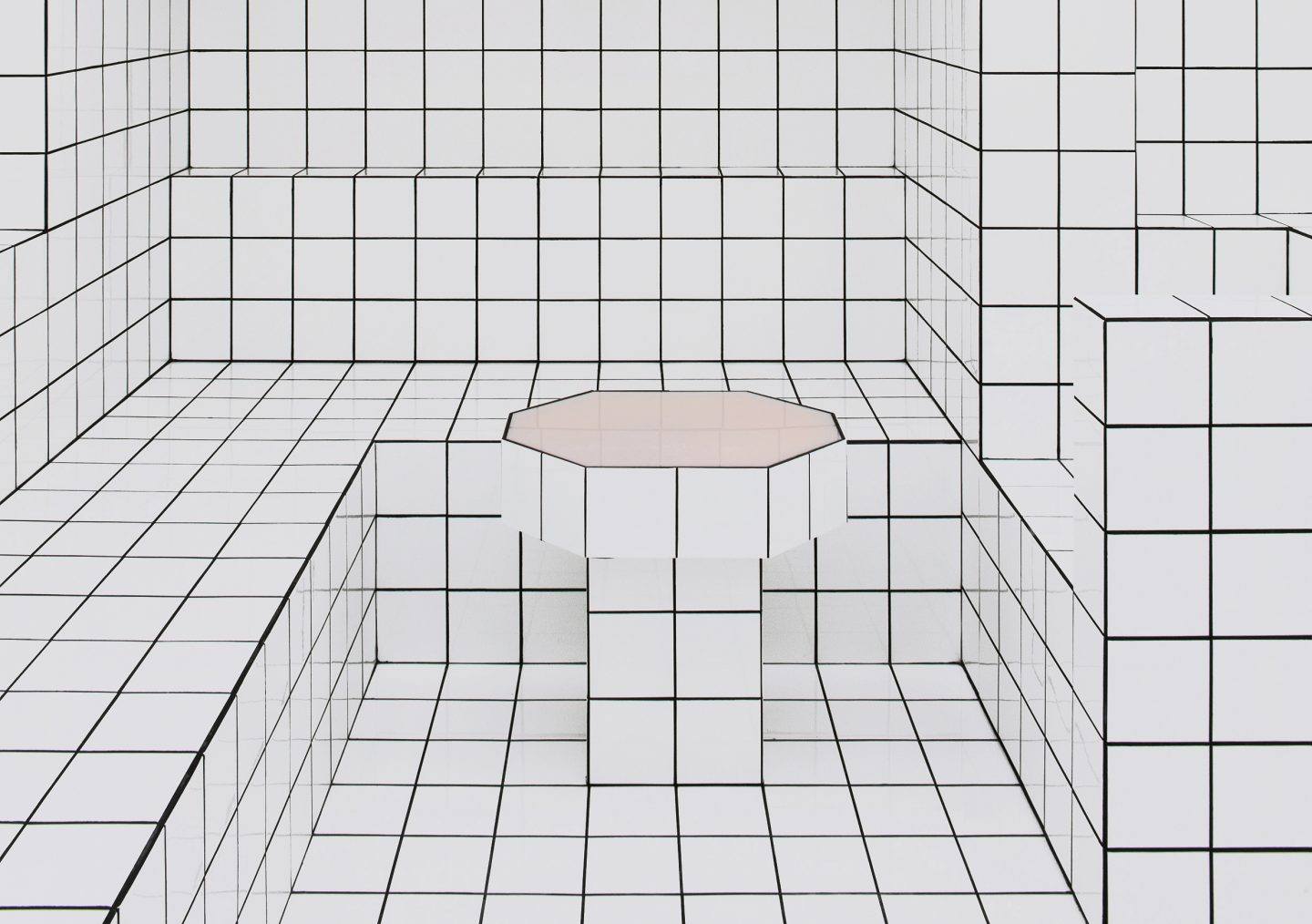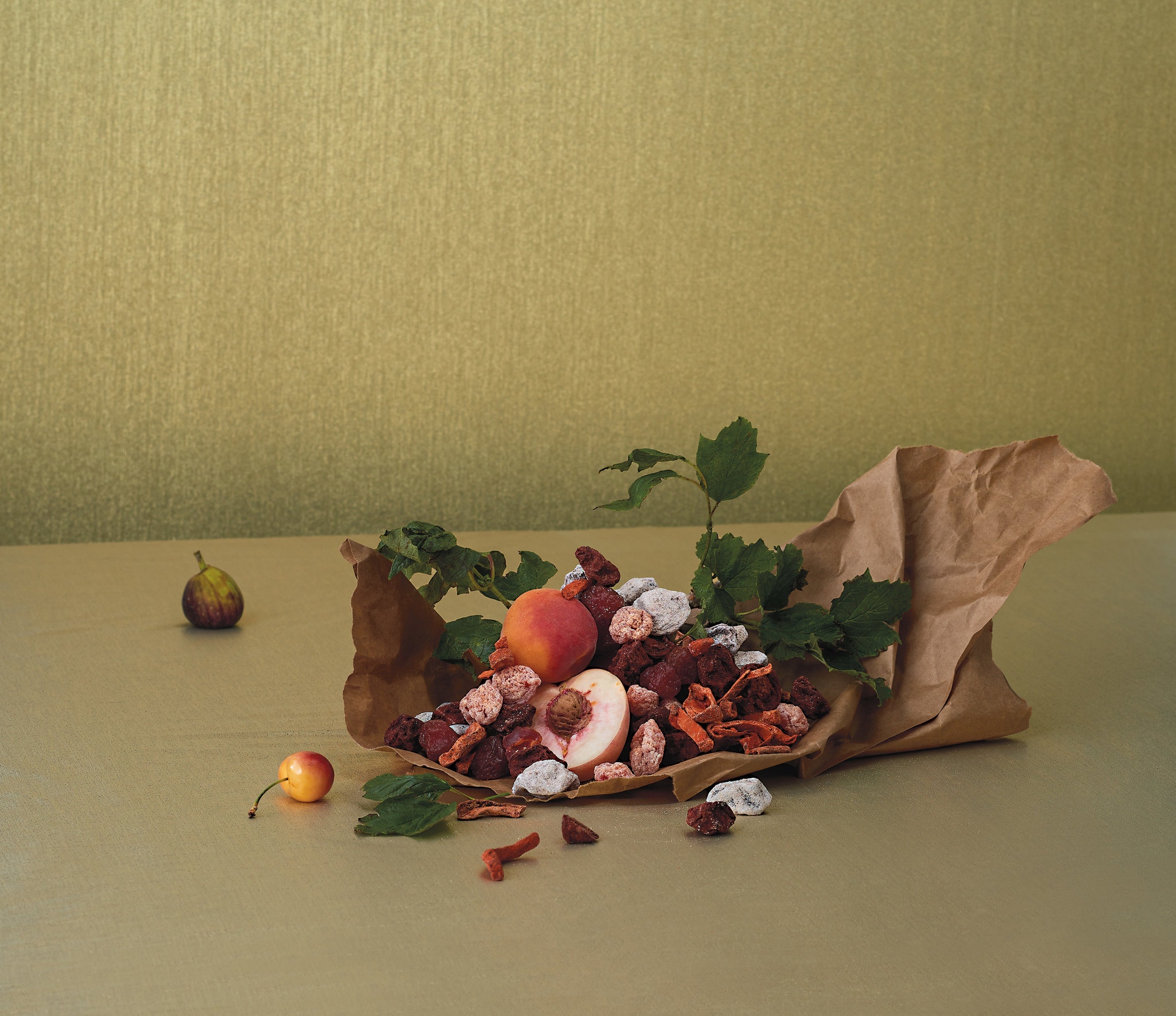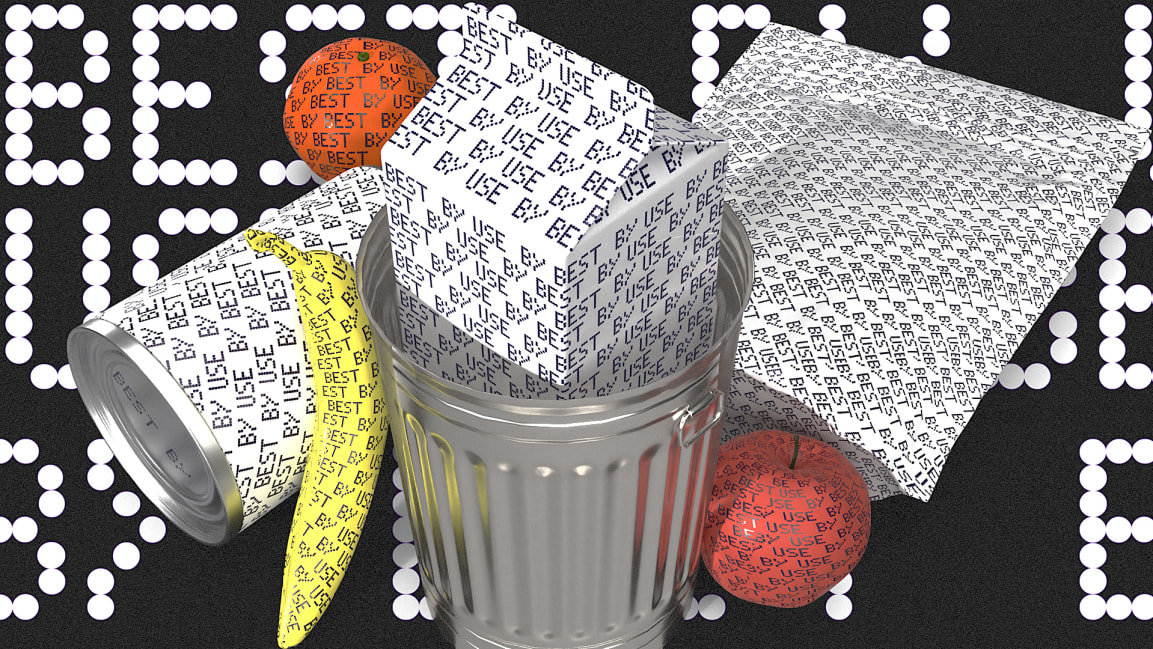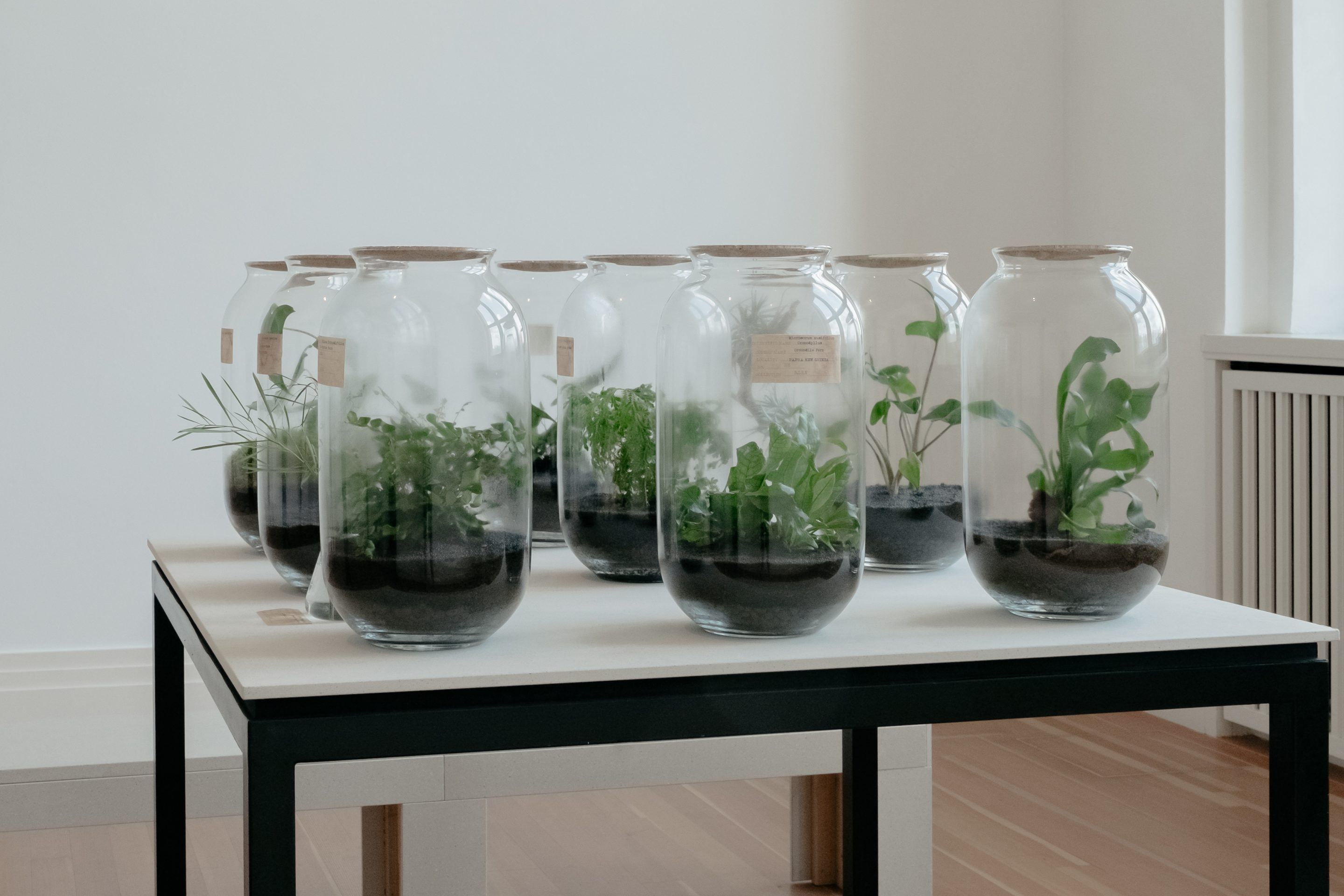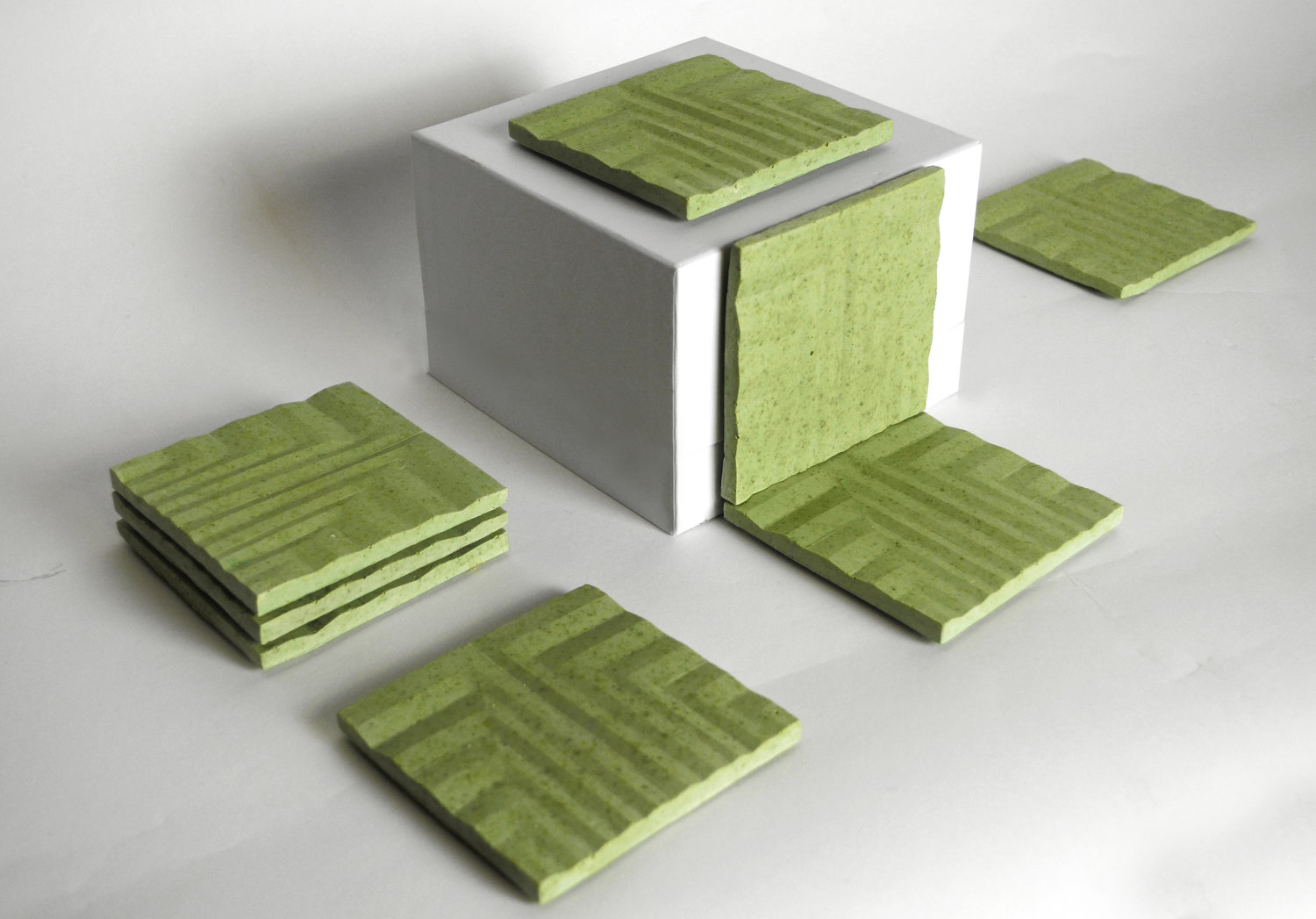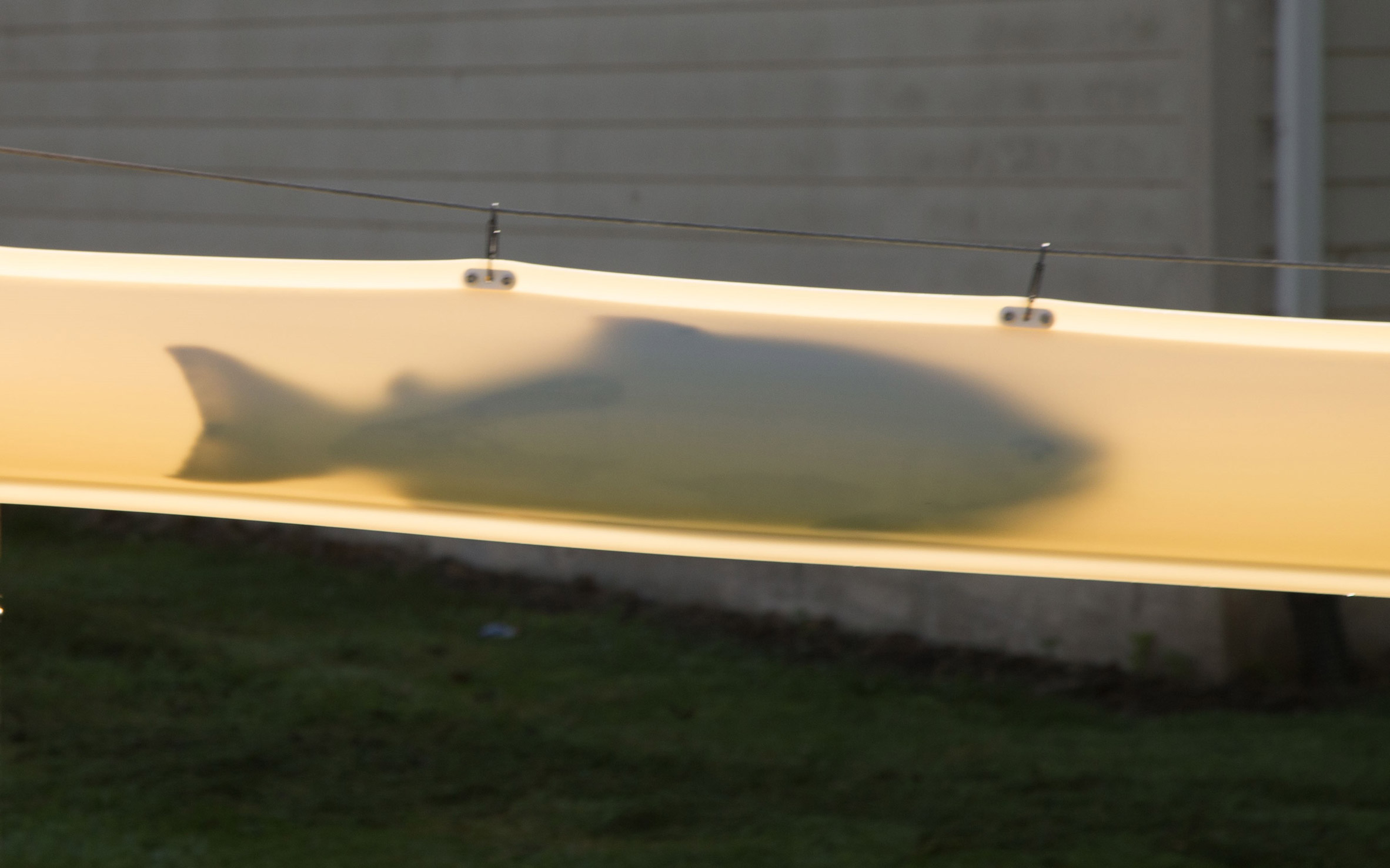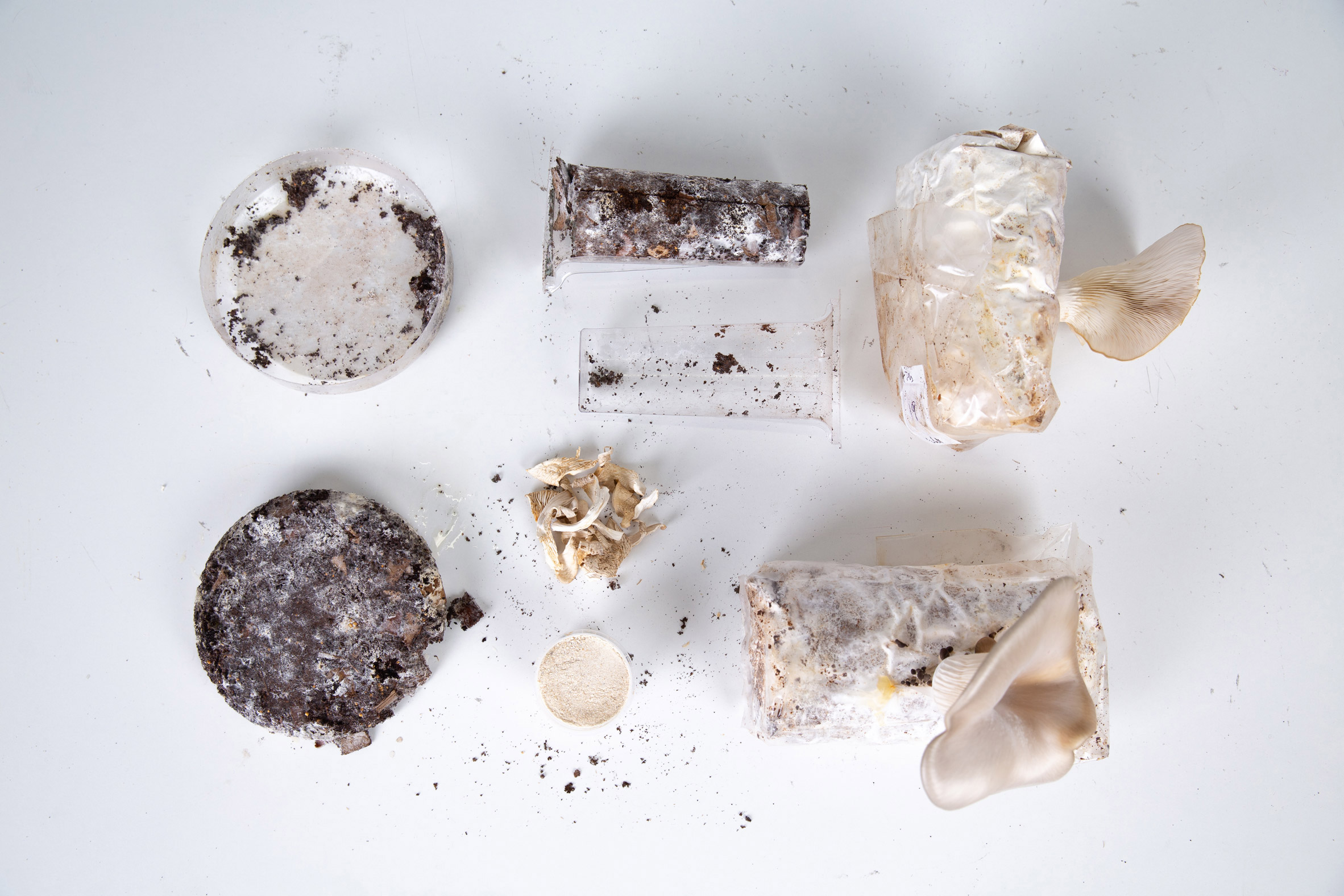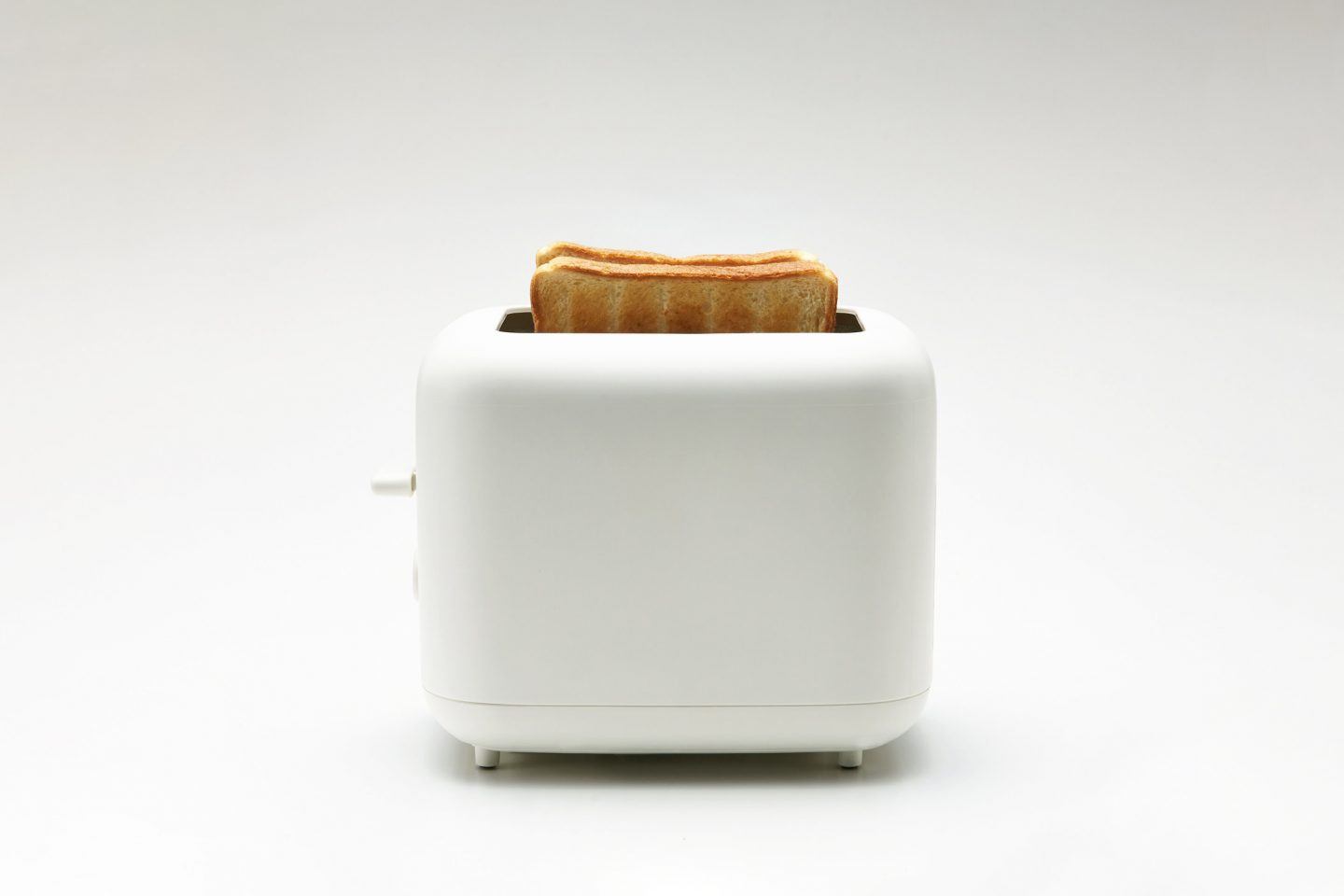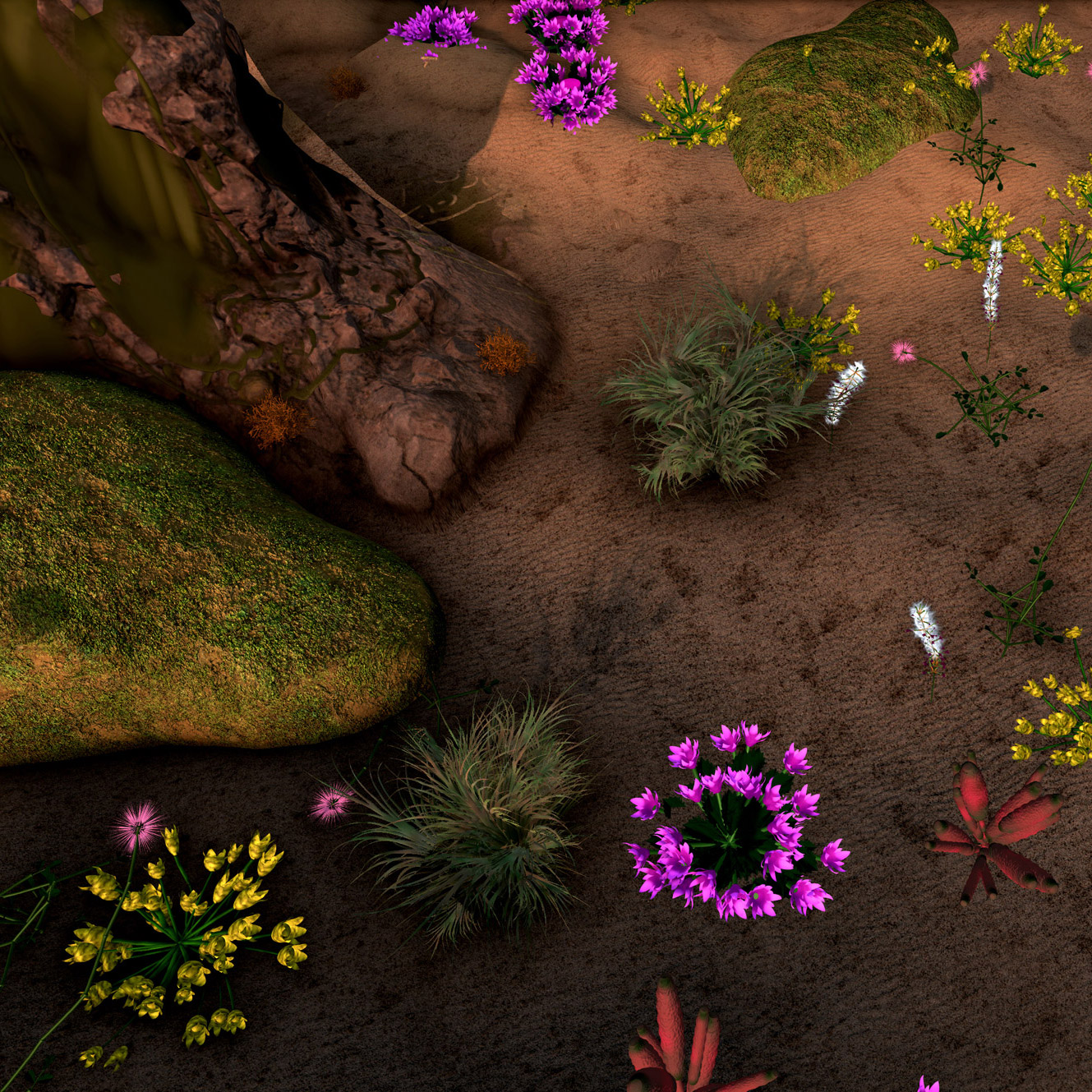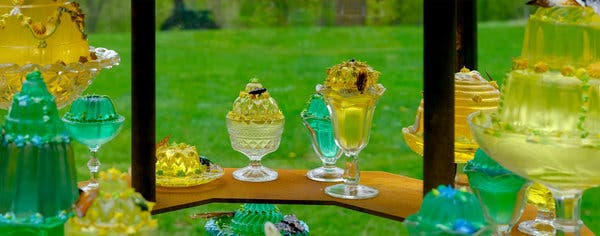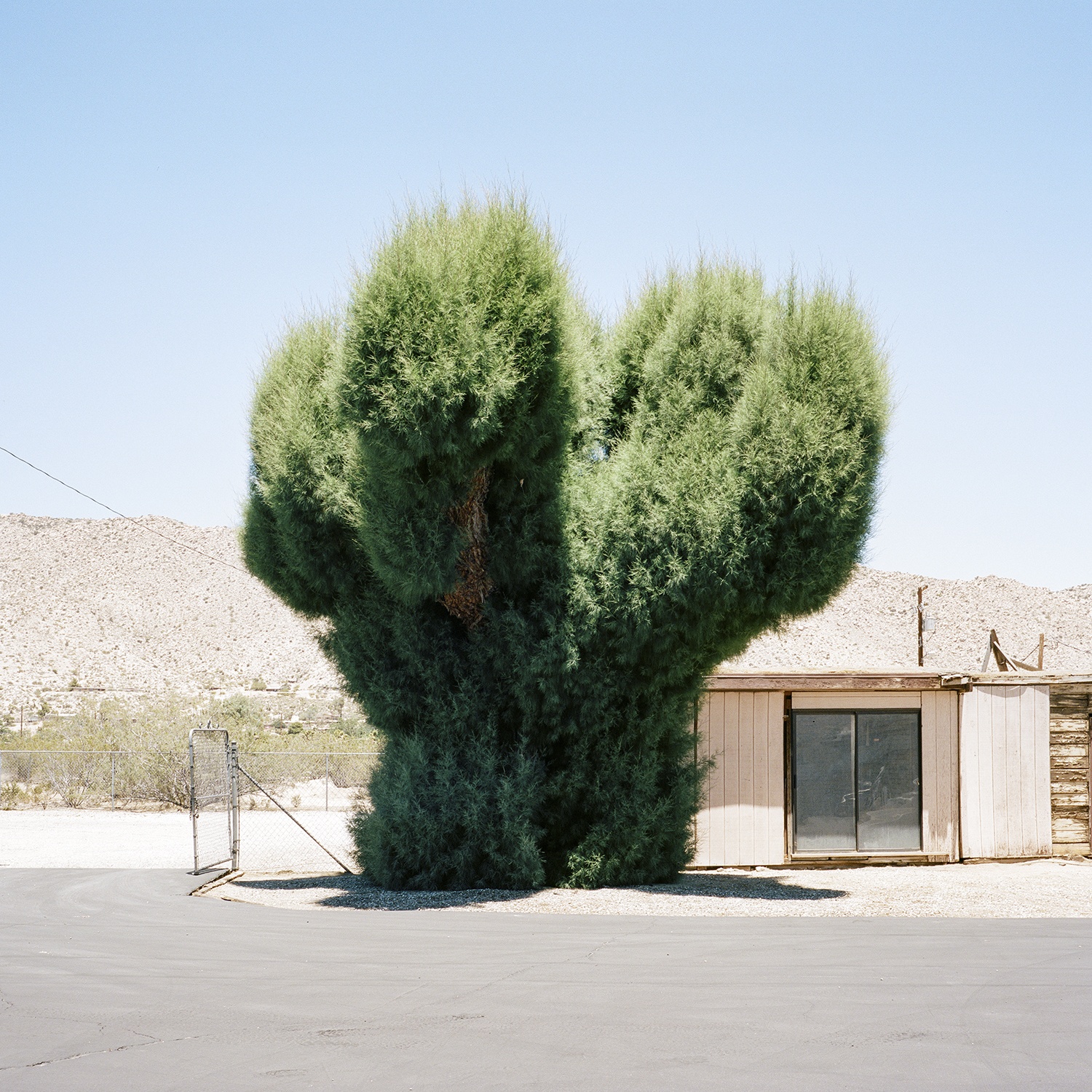Our weekly serving of off-the-menu items – a few popular favorites from the week, as well as a few morsels that may have slipped your notice.
 Picture by Hay Kranen/CC-BY
Picture by Hay Kranen/CC-BY
The Teapot that Changed 3D Imaging
Located in Silicon Valley’s Computer History Museum, amid software demos and the predecessors of the modern computer, sits a simple, white teapot. While it’s form may differ drastically from the museum’s other objects, this teapot also holds significance for the history of the computer. The teapot originally belonged to British computer scientist Martin Newell, who used it as a 3D model for one of the earliest computer graphics terminals; although simple in shape, the teapot would go on to become an icon of computer graphics design.
Accessible Cookware with a Simple Design
While implements for the kitchen often make consumers choose between quality, price and appearance, kitchenware startup Great Jones is searching for the intersection of all three. Unlike other quality cookware brands (hello, $300 dollar dutch ovens), Great Jones is creating products that combine a cute, practical design with reasonable pricing.
Does your City Recycle Wine Bottles?
If you think about the amount of wine, beer and other beverages with glass bottles that we consume each week, the numbers begin to mount up. Although glass should be infinitely recyclable, the reality is that many counties and cities don’t recycle glass waste. While local governments can resell paper or aluminum waste to turn a profit, discarded glass yields only minimal financial benefits.
Designer Hyunseok An’s recent project “The Coral” introduces an aesthetically beautiful format for growing algae in the home. As a sustainable food source that’s high in nutritional value, algae has been labeled by the 1974 UN World Food Conference as “the most ideal food for mankind.” By simplifying (and beautifying) the cultivation of algae at home, The Coral makes it easier to begin integrating algae consumption into our lives.
The MIT Media Lab has been conducting research on what they call “cyborg botany,” or the merging of plants and artificial electronics. Their research harnesses the natural sensing abilities of plants, and tests the possibility of using plants as sensors and displays. To put their work in a few simple words, their work allows people and plants to communicate information between one another.




